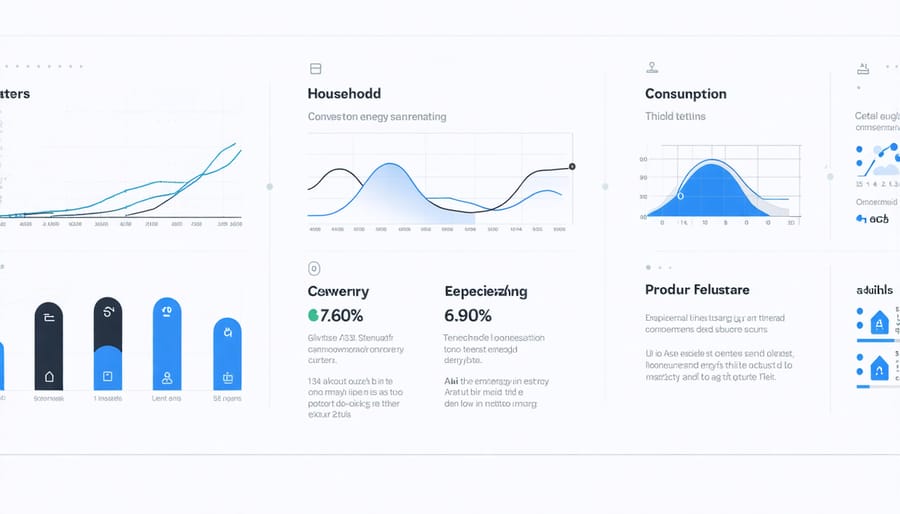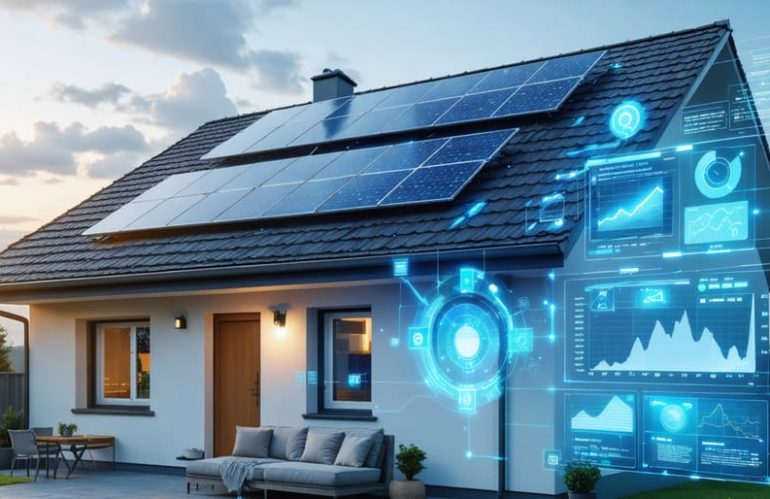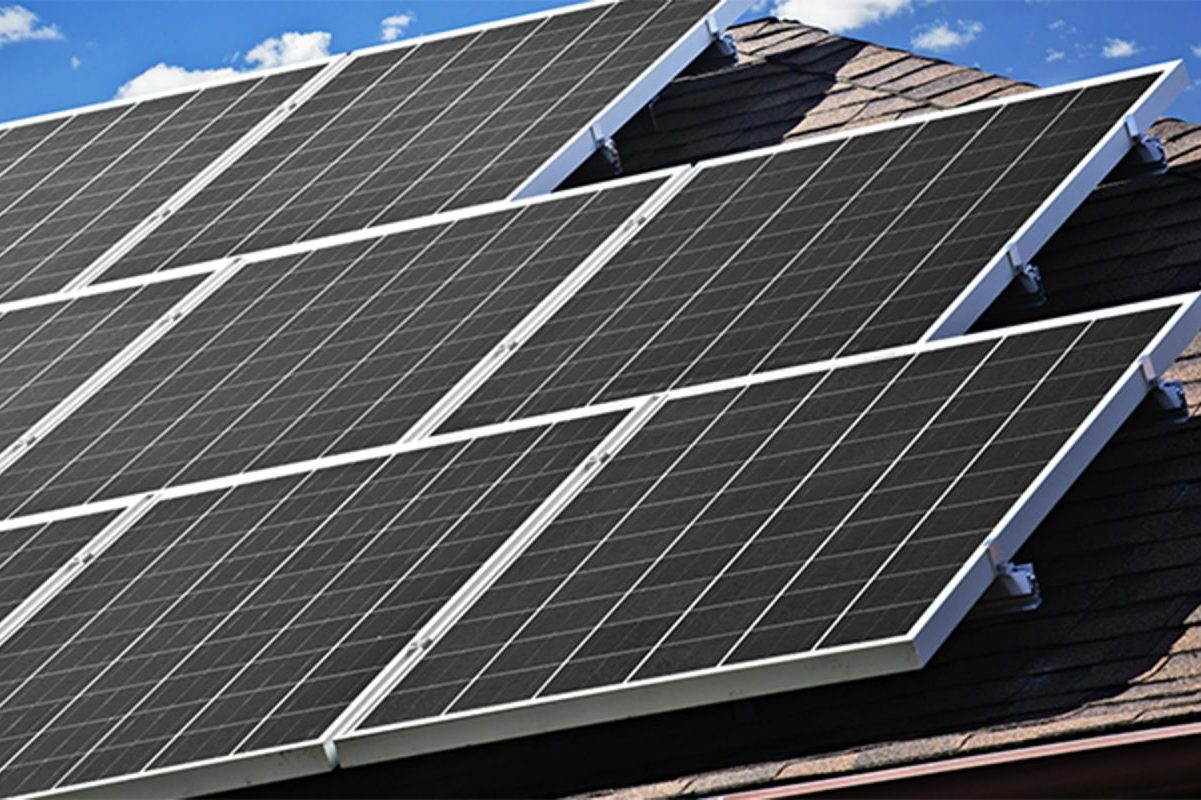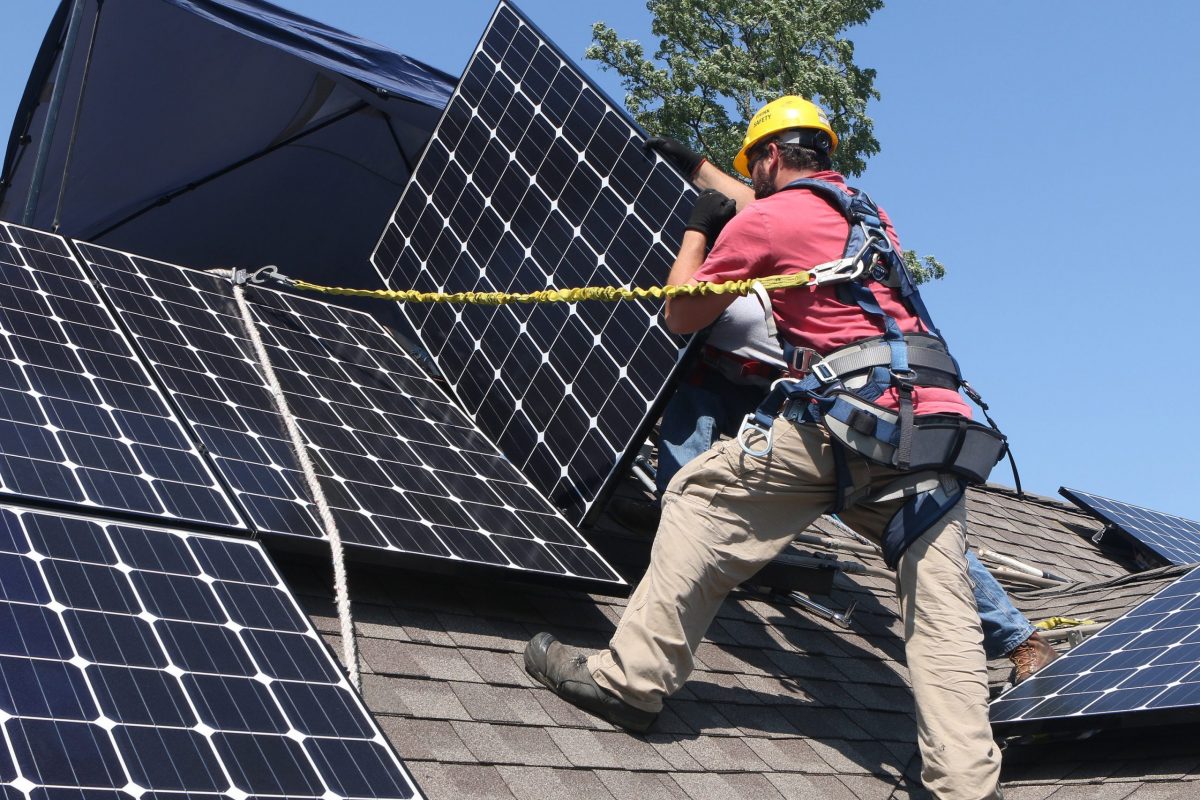Energy storage optimization stands at the forefront of modern sustainable living, transforming how homeowners harness and utilize renewable energy. As electricity costs continue to rise and grid reliability becomes increasingly uncertain, intelligent storage solutions offer a powerful way to maximize solar investment returns while ensuring energy independence.
Today’s AI-driven storage systems analyze household consumption patterns, weather forecasts, and utility rates in real-time to automatically determine the optimal times to store or release energy. This sophisticated technology can reduce electricity bills by up to 40% while providing reliable backup power during outages. For environmentally conscious homeowners, it means maximizing clean energy usage and minimizing reliance on fossil fuel-based grid power.
Smart storage optimization doesn’t just store energy – it creates a dynamic ecosystem that adapts to your household’s unique needs. Whether it’s charging batteries when solar production peaks, releasing stored power during expensive peak rates, or ensuring critical systems stay powered during emergencies, these systems work tirelessly to deliver maximum value from your renewable energy investment.
The future of home energy management lies in this intelligent orchestration of power storage and usage, making sustainable living both more practical and financially rewarding than ever before.
How AI Maximizes Your Solar Storage Investment
Predicting Your Energy Needs
Modern solar energy management systems use artificial intelligence to learn your household’s unique energy consumption patterns. By analyzing data from your daily routines, seasonal changes, and appliance usage, AI creates a detailed profile of when and how you use electricity throughout the day.
This smart technology considers various factors, including weather forecasts, historical usage patterns, and even local utility rates. It can predict when you’re likely to need more power, such as during evening hours when family members return home, or when energy consumption might spike due to air conditioning use on hot days.
The system then optimizes your stored energy accordingly, ensuring power is available when you need it most. For example, if AI predicts high energy usage during peak rate hours, it will prioritize storing solar energy during the day for use during these expensive periods. This predictive capability helps maximize your savings while maintaining comfort and convenience, effectively turning your home into a smart energy ecosystem that adapts to your lifestyle.

Weather-Smart Storage Management
Modern AI-powered storage systems act like smart weather forecasters for your home energy needs. By analyzing weather predictions, these systems make intelligent decisions about when to store and use energy. On sunny days, they’ll maximize storage capacity to prepare for cloudy periods ahead. When rain is forecast, the system might prioritize using stored energy during peak rate hours to save you money.
This weather-smart approach goes beyond simple day/night cycles. The AI considers multiple factors like temperature forecasts (which affect solar panel efficiency), expected cloud cover, and even seasonal patterns. During summer, when air conditioning demands are high, the system might reserve more stored energy for afternoon use. In winter, it could adjust to optimize heating needs during morning hours.
What makes this truly remarkable is how the AI learns and adapts over time. It combines historical weather data with your household’s energy usage patterns to make increasingly accurate predictions. This means better energy management and more savings for you, regardless of what Mother Nature has in store.
Real Money Savings Through Smart Storage
Peak Rate Avoidance
Artificial Intelligence revolutionizes how homeowners can cut your energy bills by strategically managing energy storage during peak rate periods. Using sophisticated algorithms, AI systems analyze your household’s energy consumption patterns, local utility rates, and weather forecasts to optimize when to store and use power.
During times when electricity rates are highest – typically during evening peak hours – the AI automatically switches your home to stored energy instead of drawing from the grid. This smart management system predicts high-demand periods and ensures your battery storage is adequately charged beforehand, maximizing your savings potential.
The system learns and adapts to your specific usage patterns over time, becoming increasingly efficient at avoiding peak rates. It can, for instance, store excess solar energy during sunny afternoons to use during expensive evening hours, or charge batteries during off-peak nighttime rates for use during pricey daytime periods.
What makes this technology particularly valuable is its hands-free operation. Once set up, the AI continuously monitors rate changes and adjusts storage patterns automatically, ensuring you’re always getting the most cost-effective energy solution without any manual intervention. This intelligent approach to energy management can lead to significant monthly savings while contributing to a more sustainable energy future.

Grid Selling Optimization
Selling excess energy back to the grid can significantly boost your return on investment from your energy storage system. The key is timing – storing energy when rates are low and selling it back when demand (and prices) peak. This practice, known as energy arbitrage, can turn your home battery system into a smart financial asset.
To maximize your returns, consider implementing these proven strategies:
1. Monitor peak demand periods in your area when electricity prices are highest, typically during early evening hours
2. Program your system to reserve capacity specifically for grid selling during these profitable windows
3. Keep your battery system well-maintained to ensure optimal performance
4. Take advantage of time-of-use rate structures offered by your utility company
5. Use weather forecasting to predict high-demand days, especially during extreme weather events
Smart energy management systems can automate this process, making decisions about when to store and when to sell based on real-time grid conditions and pricing data. Many modern systems also learn from historical patterns to predict the most profitable selling windows.
Remember to review your utility’s net metering policies and ensure your system meets all local requirements for grid connection. Some utilities offer additional incentives for participating in grid services programs, which can further increase your earnings potential.
By strategically timing your energy sales and maintaining optimal system performance, you can transform your home energy storage system from a simple backup solution into a revenue-generating asset.
Setting Up Your Smart Storage System

Choosing the Right System
Selecting the right energy storage system for your home requires careful consideration of several key factors. Modern smart home battery storage solutions come with AI capabilities that can dramatically improve your energy management, but choosing the best fit depends on your specific needs.
Start by assessing your daily energy consumption patterns and peak usage times. Consider your home’s size, the number of occupants, and any high-energy appliances you regularly use. The AI system you choose should be able to learn and adapt to these patterns effectively.
Look for systems that offer user-friendly monitoring interfaces and automatic optimization features. The best solutions will provide real-time data and predictive analytics to help you maximize energy savings. Also, ensure the system’s capacity matches your storage needs – too small won’t provide adequate backup, while too large may be unnecessarily expensive.
Consider scalability as well. Your energy needs might grow over time, so choose a system that allows for future expansion. Many modern systems are modular, letting you add capacity as needed without replacing the entire setup.
Simple Setup Steps
Getting started with energy storage optimization is easier than you might think. Begin by scheduling a consultation with a certified energy specialist who can assess your current energy usage patterns and recommend the right storage system size for your needs.
Once you’ve selected your system, installation typically takes just 1-2 days. Your installer will mount the battery unit in your garage or utility room and connect it to your home’s electrical panel. If you already have solar panels, they’ll integrate the storage system with your existing setup.
Next, download your system’s smartphone app and follow the guided setup process. The app will help you establish your preferences for energy usage, such as prioritizing stored power during peak rate hours or maintaining a minimum backup reserve for emergencies.
Finally, let the system run for about two weeks to learn your household’s energy patterns. During this period, the AI will analyze your consumption habits and begin optimizing your storage and usage automatically. You can always adjust your preferences through the app as needed.
Remember to schedule an annual maintenance check to ensure your system continues performing at its best.
Energy storage optimization represents a transformative approach to managing your home’s power consumption and environmental impact. By implementing the strategies discussed in this article, you can significantly reduce your energy bills while contributing to a more sustainable future. The combination of smart technology, AI-driven solutions, and proper system maintenance creates a powerful framework for maximizing your energy storage efficiency.
The benefits are clear: lower utility costs, increased energy independence, reduced carbon footprint, and enhanced grid reliability. Many homeowners who have optimized their energy storage systems report savings of up to 30% on their monthly energy bills, while simultaneously ensuring reliable power during outages and peak demand periods.
Now is the perfect time to take action. Start by assessing your current energy usage patterns and storage capabilities. Consider implementing AI-driven monitoring systems to automate your energy management. Remember that even small improvements in storage efficiency can lead to substantial long-term savings.
Whether you’re new to energy storage or looking to enhance your existing system, the path to optimization is accessible and rewarding. Contact local energy professionals to explore your options, and take advantage of available incentives and rebates. By optimizing your energy storage today, you’re not just investing in your home’s future – you’re participating in the renewable energy revolution that will shape our world for generations to come.









